• When you provision an application in Azure AD through SCIM (System for Cross-Domain Identity Management) for the purpose of provisioning the Azure AD users to the ‘Enterprise application’ created in Azure AD tenant, you enter the URL of the application’s SCIM endpoint as ‘https://api.contoso.com/scim/’ and since it requires an OAuth bearer token from an issuer other than Azure AD as it can validate this token issued by the Azure AD itself. Therefore, in the ‘Mappings’ section of the ‘Provisioning’ section for the Azure AD enterprise application, you have the option for reviewing the attributes that are synchronized from Azure AD to the SCIM provisioned app. These attributes are selected as ‘Matching’ properties and are used to match the users and groups in your app for update operations.
Also, to add the extension attributes to the user in Azure AD for them to be exported to the SCIM provisioned application, you will need to create a dynamic group with members added to them via a dynamic query as shown below. Before that, you will have to synchronize the extension attributes through Azure AD connect utility from the on-premises AD that were created there already. Then, these already created extension attributes can be selected to be mapped with the SCIM provisioned app as below: -



Complete the expression to suit your requirements. As above, the rule is set to ‘(user.extension_9d98ed114c4840d298fad781915f27e4_division -eq "Sales and marketing")’.
• Secondly, you can also create extension attributes for users that are to be synchronized from Azure AD to the SCIM provisioned application through Microsoft Graph API as shown below: -
First, create a ‘GET’ request to the object ID of the SCIM provisioned application to check the request sent status success. Then, send a ‘POST’ request to the object ID of the SCIM provisioned application as shown below with the custom extension attribute in the body of the request: -

Now, since this custom extension attribute is created without any value, you will have to update this attribute with a value so that this attribute is synchronized to the SCIM provisioned application accordingly as shown below: -


Thus, as shown above, you can add custom extension attributes to any Azure AD user and synchronize these attribute values to the SCIM provisioned app.
For more detailed information on the above, please refer to the below links: -
https://learningbydoing.cloud/blog/getting-started-with-azuread-extension-attributes/#:~:text=Go%20to%20the%20Azure%20AD,settings%20default%20and%20click%20Register.
https://learn.microsoft.com/en-us/azure/active-directory/hybrid/how-to-connect-sync-feature-directory-extensions





